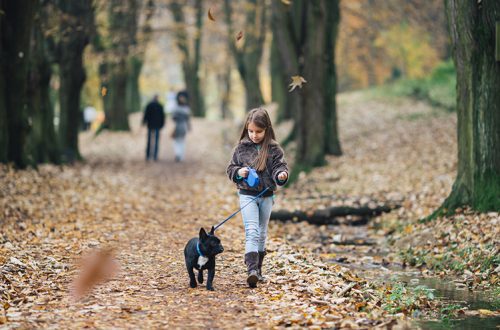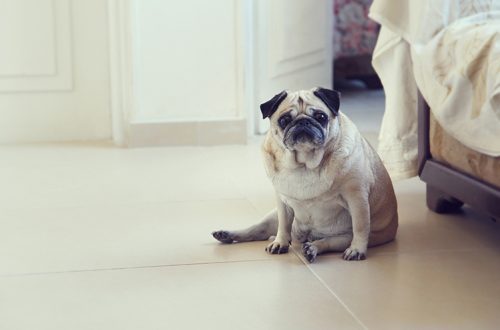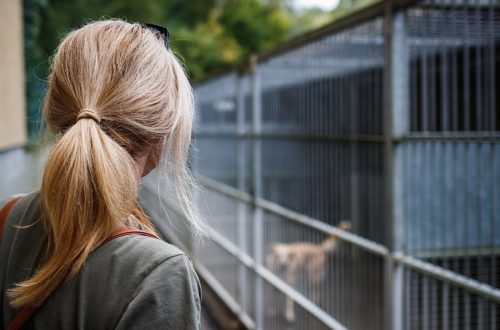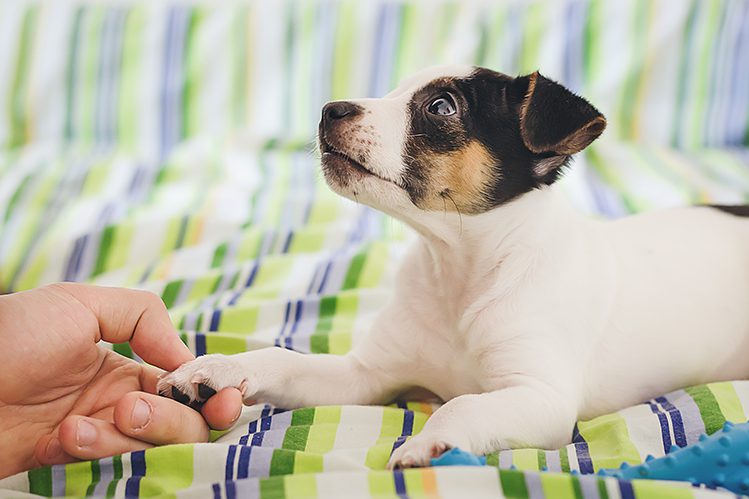
Vejandina kûçikan piştî emeliyat û nexweşiyê
During the recovery period after surgery or illness, the pet is under stress and more than ever needs caring care. The state of general weakness is complicated by discomfort and pain, the dog can be disoriented and very frightened, sometimes even showing aggression – as a defensive reaction. How to alleviate the condition of the pet and help him “get back on his feet” as soon as possible? 10 useful tips will help!
1. Strictly follow the recommendations of a veterinarian.
On the way to the restoration of the body, the recommendations of the veterinarian must be strictly observed. All diseases, like surgical interventions in the body, differ in the level of complexity and danger, and rehabilitation also takes place in different ways. Of great importance is the state of health of a particular dog, its age and individual characteristics. Therefore, if a veterinarian has prescribed antibiotics, vitamin-mineral complexes, special wound care products, etc., you should not ignore these recommendations or look for an alternative on your own.
It is very important to withstand the time range. For example, if the doctor prescribed pills for 10 days, give them to the dog for the entire period. Do not shorten the duration of the medication, even if the pet is getting better. The health of your pet depends on how responsibly you approach the issue.
2. Regularly monitor the condition of the dog.
During the rehabilitation period, it is necessary to constantly monitor the condition of the dog: measure the temperature, monitor the condition of the seams, etc. Always keep the contacts of a veterinary specialist at hand. If something went wrong, contact him as soon as possible. Don’t forget to also stock up on the contacts of XNUMX-hour veterinary clinics, where you can go at night in an emergency.
3. Treat the seams, limit access to them.
Within a few days after the surgery, the dog’s sutures will need to be processed to prevent inflammation. In no case should you use brilliant green and iodine to treat wounds: this will lead to burns. Use chlorhexidine or Vetericin solution. These are powerful antiseptics that do not cause irritation and do not cause pain. Read more about this in our article.
Also, do not allow the dog to lick the seams. For this, special collars, bandages or blankets are used.
4. No high surfaces!
A weakened pet, especially if it is still under anesthesia, should never be placed on high surfaces: sofas, armchairs, beds, etc. The dog may accidentally fall and be injured. The best option is a warm, comfortable bed, located on the floor in a quiet and peaceful area of the apartment, away from drafts, doors and household appliances.

5. Provide access to water.
The dog should always have access to clean drinking water. If the pet is still too weak to walk to the kitchen, move the bowl of water to his bed.
6. Follow a diet.
A balanced diet is the main source of energy. A dog after surgery or illness needs a special, easily digestible, nutritious diet, recommendations for which will be provided by a veterinarian.
In the first hours after the operation, the dog may refuse to eat, and this is completely normal. Do not try to force her to eat, wait until her appetite returns. If the dog does not touch food for a long time, be sure to consult with your veterinarian.
7. Incorporate prebiotic drinks into your diet.
Prebiotics have been used in human therapy for many years as a powerful tool for restoring immunity and the body as a whole after operations and diseases. Recently, they began to be produced for animals, and in liquid form – for easy absorption (Viyo Recuperation). The effective effect on the body is explained by 4 nutrients in the composition (glutamine, arginine, taurine, omega-3 and 6 fatty acids), which are responsible for rapid recovery. This is a completely safe remedy that is combined with any type of food.
8. Provide complete rest.
Sleep and rest are another key steps to full recovery. Make sure that no one disturbs the resting dog.
9. Entrust care to the owner.
Diseases, operations and recovery after them are a lot of stress for a pet. Being in poor condition, experiencing pain, the dog may show aggression or ignore others. Therefore, it is better that during the rehabilitation period only one person, her most beloved person, the owner, takes care of the dog. In the early stages of recovery, contact with other family members or guests is best avoided.
10. Çalakiya fizîkî sînor bikin.
For the period of rehabilitation, the physical activity of the dog must be reduced. How strong? – It depends on the procedure or disease you have had and the condition of the dog. Consult your veterinarian and strictly follow his recommendations. Return the dog to the previous regimen gradually.
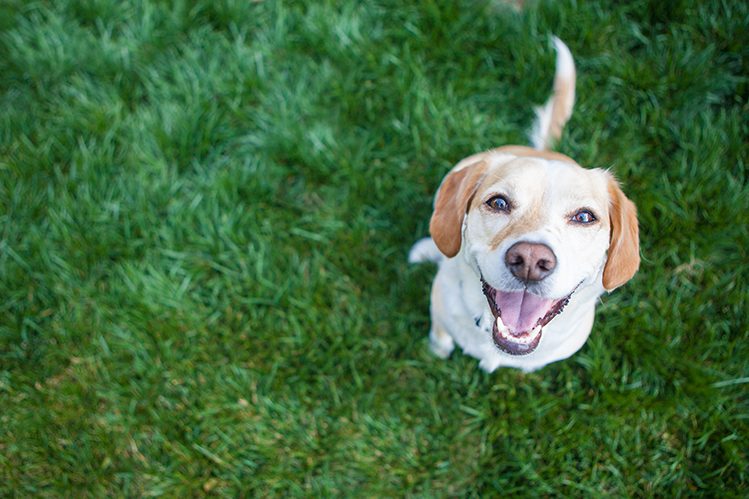
Good health to your dog! Be her best support, especially in difficult times.



